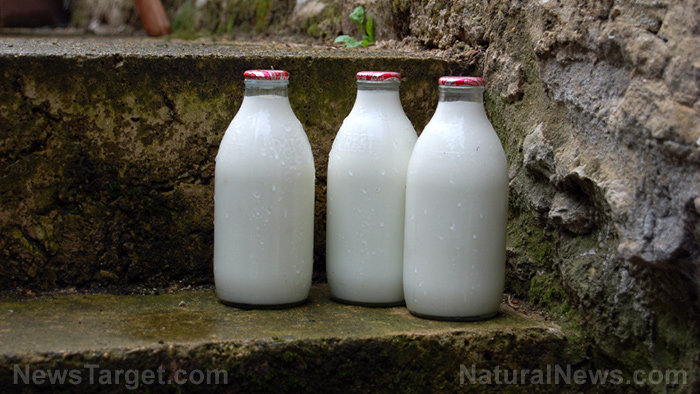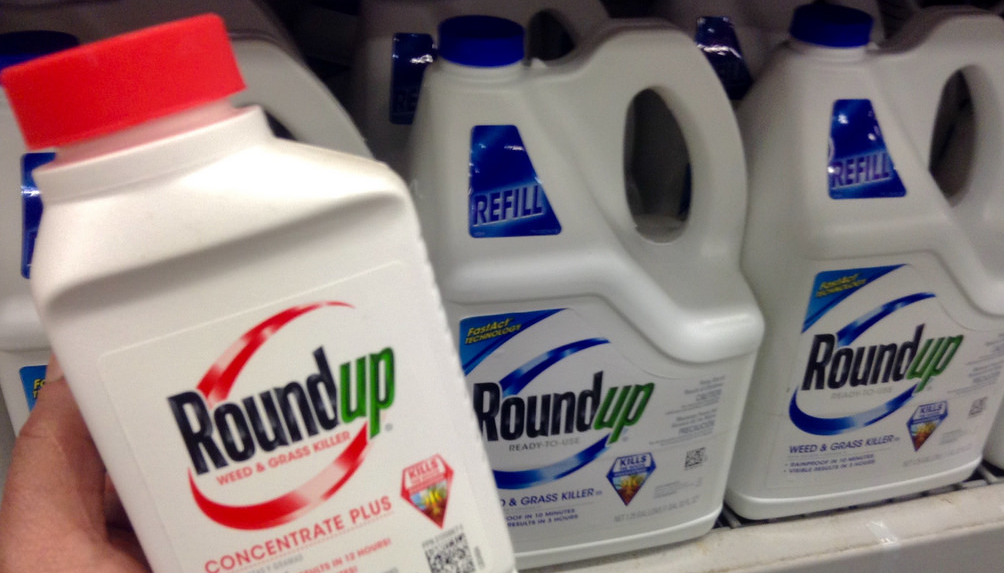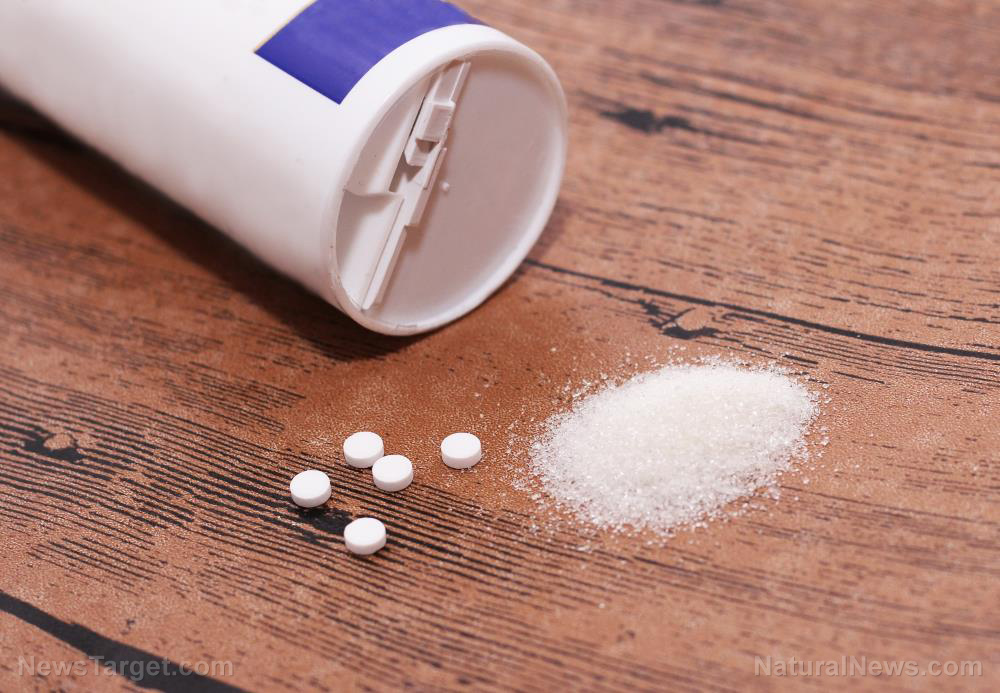Drinking raw, organic milk improves your health
05/04/2018 / By Vicki Batts

Raw milk is increasing in popularity in the natural health community — and for many good reasons. While there are indeed some concerns about the potential for raw milk to cause illness, for many, the obvious health benefits make raw milk an easy choice. One of the chief reasons why raw milk is considered superior to conventional, pasteurized milk is that it is a “live” food, filled with good bacteria, enzymes, immunoglobulins and nutrients — things that can be drastically effected by the extreme heat used in pasteurization.
So, what kind of health-boosting benefits does raw milk have to offer?
With raw milk, beneficial bacteria abound
The bacteria in raw milk have become one of its most prominent and highly regarded health-boosting features. This is in large part due to the fact that raw milk contains many of the “good” bacteria the human immune system needs to flourish. We’ve all heard that consuming fermented dairy products (like yogurt or kefir) and other fermented foods (like sauerkraut) are a good way to support a healthy digestive system. These kinds of foods are also known for being a great source of probiotic bacteria — and the same holds true for raw milk.
Science is truly just beginning to grasp the full scope of health benefits afforded by probiotic bacteria, but it is known that these “good” microbes provide a world of immune system support. Not only do they provide a “boost” to the immune system, probiotics have been shown to fight inflammatory responses in the gut and ward off infection across the body. The overwhelming majority of the body’s immune system resides within the gut — so it’s easy to see why consuming probiotic foods can be so effective.
Research has shown that children who grow up on farms and drink raw cow’s milk are less likely to have allergies or autoimmune disorders, as well.
While the risk of some disease-causing bacteria being in the mix is real, choosing a high-quality raw milk, storing it properly and consuming it within a reasonable amount of time will mitigate this risk. Further, research has shown that the presence of harmful bacteria in raw milk is actually quite low — the high amount of probiotic bacteria helps keep pathogenic bugs at bay.
Raw milk is rich in enzymes, vitamins and more
While the probiotics found in raw milk are spectacular enough on their own, the benefits of raw milk don’t end there. A true nutritional powerhouse, raw milk boasts an array of enzymes, vitamins, minerals and fatty acids that its pasteurized cousins simply can’t touch.
Raw milk is known to contain a variety of beneficial enzymes, including lactase, lipase, phosphatase. These enyzmes are only present in raw milk, as they tend to be inactivated by the pasteurization process. Because of this, raw milk is superior when it comes to bioavailability of nutrients: The enzymes present in raw milk actually help your body better absorb key nutrients like calcium. Phosphatase is particularly vulnerable to destruction at high heat, but it is essential for calcium absorption.
More, the enzyme lactase actually helps the body break down lactose, the sugar found in milk that so many people struggle with.
In addition to these beneficial enzymes, raw milk from organic, grass-fed cows is rich in fat-soluble nutrients like vitamins A, E and K. Water-soluble B vitamins are also found in raw milk. Many nutrients are susceptible to damage via the high heat used during pasteurization. The raw butterfat found in raw milk is also rich in conjugated linoleic acid (CLA). This valuable fat is missing in factory-farmed, pasteurized milk.
There are plenty more reasons to choose raw milk — but the health benefits of this living food are quite clear. Learn more about foods that support well-being at Food.news.
Sources for this article include:
Tagged Under: groceries, healthy eating, natural is best, nutrition, organics, probiotics, raw food, raw milk, Raw Milk Benefits, whole food




















